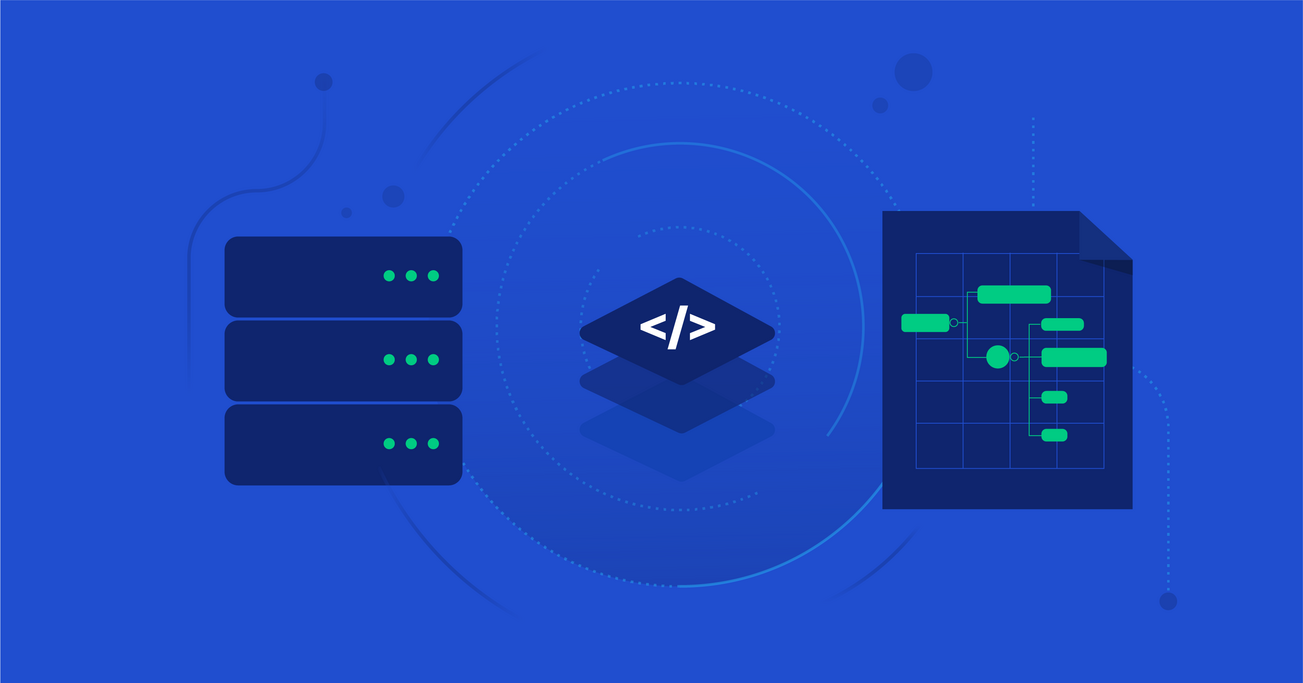Reactive programming is gaining a lot of traction across the software development industry. The most popular programming languages are often associated with powerful tools such as React, Angular, and Node.js, but fewer people realize the potential of reactive programming in PHP. PHP’s wide range of features and libraries make it ideal for reactive programming. This article will guide you through the basics of reactive programming, its advantages, and provide examples of how to use it in your web development projects.
What is Reactive Programming?
Reactive programming is a programming style that focuses on working with data streams and responding to events. This programming style is commonly used in event-driven applications, where code is written to respond to events asynchronously and process them in a non-blocking, event-driven way.
Unlike traditional programming, reactive programming does not wait for events to occur. Instead, it waits for events to occur and then takes action when appropriate. This approach makes for a more responsive, flexible, and efficient software development process.
Advantages of Reactive Programming in PHP
Reactive programming has a number of advantages over traditional programming.
First, reactive programming allows developers to structure their code in a more modular fashion. This makes it easier to maintain and incrementally improve code over time, as developers can focus on changes to individual components without having to worry about how those components interact with the rest of the code.
Second, reactive programming helps reduce the complexity of code. By using data streams instead of working with data sets, developers can work with smaller code chunks, which makes it easier to follow the logic of the code and debug any issues.
Third, reactive programming helps improve performance, as it is designed to take advantage of modern hardware architecture. This allows developers to utilize powerful parallel processing, which can significantly reduce the execution time of code.
Finally, reactive programming is also well suited for web development, as it makes use of AJAX, Websockets, and other web technologies. This makes it easier to build dynamic, real-time web applications that can handle a large number of requests quickly and efficiently.
Demonstrating How to Implement Reactive Programming in Your PHP Projects
Now that you are familiar with the basics of reactive programming, let’s move on to a practical example. In this example we will create a web application that uses reactive programming to listen for events.
First, we need to install the Rx PHP library. This can be done with the following command:
\composer require rx/rxphp
Once the Rx PHP library has been installed, we can create the following code to define a basic event listener. This code defines a function that is triggered when a “message” event is received:
$messageListener = Rx\Observable::create(function (Observable $observable) {
$observable->subscribe(function ($msg) {
//Do something with message
});
});We can then create a stream for the “message” event. This code will create a stream that will listen for messages and then pass the message onto the event listener:
$messageStream = Rx\Observable::fromArray([
'message1',
'message2',
'message3',
])->takeUntilMessage($messageListener);Finally, we need to register the event listener and the stream. This code will do that by registering the stream and event listener to a dedicated “message” channel:
Rx\Observable::messageChannel('message', $messageStream, $messageListener);Now that you have seen how to define a basic event listener and create a stream, let’s take a look at how we can use the Rx PHP library to apply some of the core concepts of reactive programming.
One of the core concepts of reactive programming is the handling of asynchronous operations. The Rx PHP library allows us to do this with the use of reactive extensions. The following code demonstrates how to use reactive extensions to gather data from multiple asynchronous requests:
$obs = Rx\Observable::zip([
Rx\Observable::fromPromise(fetchData('url1')),
Rx\Observable::fromPromise(fetchData('url2')),
...
]);
$obs->subscribe(function ($results) {
// Do something with the results
});As you can see, the reactive extensions can be easily used to simplify the handling of asynchronous operations in your code.
So, reactive programming is a powerful programming style that has the potential to significantly simplify the development of web applications. PHP is an ideal language for reactive programming due to its wide range of features and libraries. By utilizing the Rx PHP library, developers can implement a wide range of reactive programming concepts in their PHP projects.

